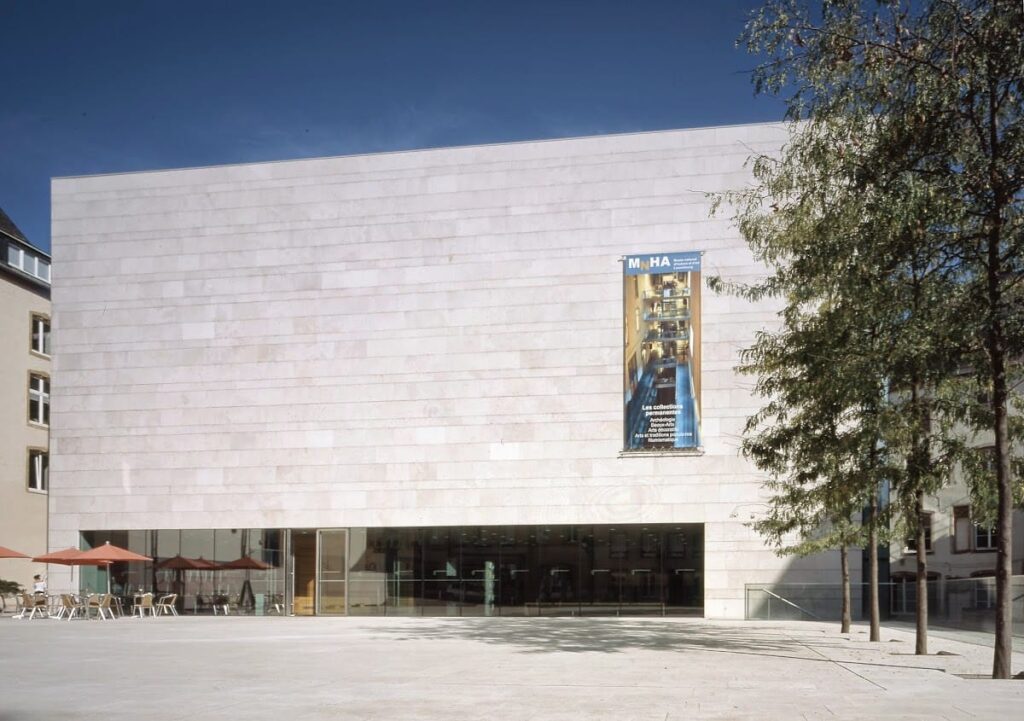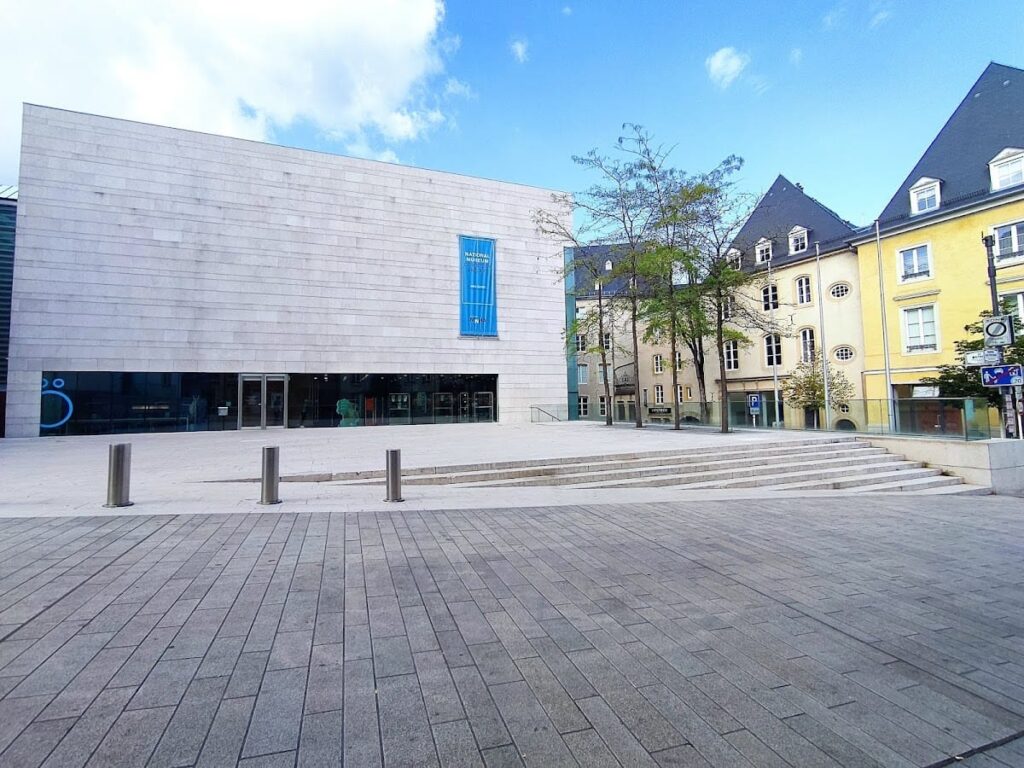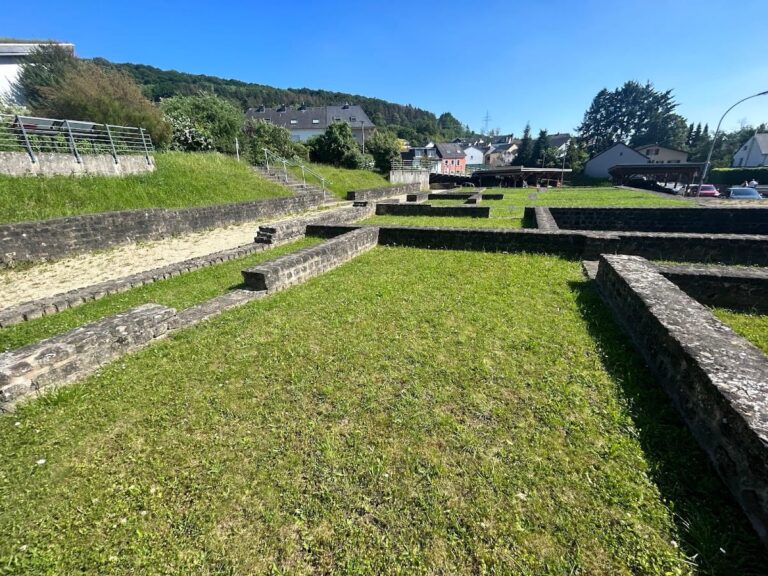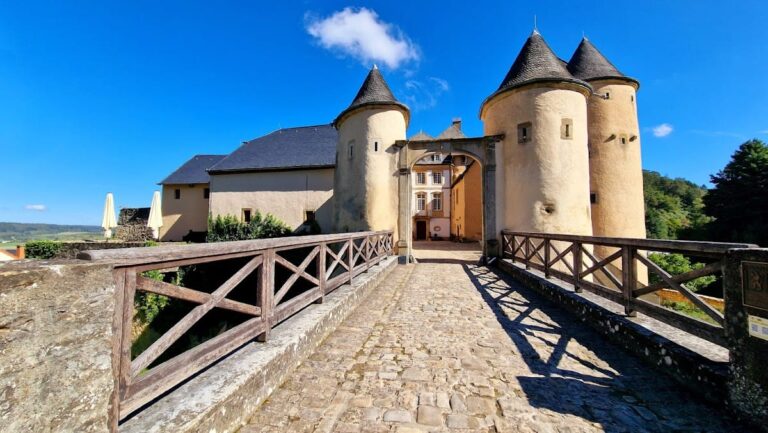National Art & History Museum Luxembourg
Visitor Information
Google Rating: 4.6
Popularity: Medium
Google Maps: View on Google Maps
Official Website: www.nationalmusee.lu
Country: Luxembourg
Civilization: Roman
Remains: Museum
History
The National Art & History Museum is located in Luxembourg City, in the historic Upper Town of Luxembourg. The museum occupies the former Collart-de-Scherff mansion, a noble residence acquired by the state in 1922 to house archaeological and historical collections.
The museum’s origins trace back to 1845 with the founding of the Société pour la recherche et la conservation des monuments historiques dans le Grand-Duché de Luxembourg. This society, formed by historians and archaeologists, aimed to collect coins and archaeological artifacts from the region. In 1868, the society became part of the royal-grand-ducal Institut, gaining official state recognition and responsibility for archaeological heritage.
In 1927, the state took formal custody of the collections, but financial constraints delayed the museum’s opening until 1939. The inauguration coincided with Luxembourg’s celebrations of independence, marking the museum’s establishment as a national institution. During World War II, the museum’s collections were secured despite the Nazi occupation from 1940 to 1945. The building was temporarily used for military purposes, and the museum acquired approximately 3,500 folkloric items during this period.
A significant modernization project was completed in 2002, doubling the exhibition space by excavating five underground floors beneath the original building. Between 2012 and 2014, the museum expanded further by acquiring and renovating three historic houses on Rue Wiltheim, connected to the main building by a glass pedestrian bridge. This addition included educational ateliers.
Remains
The museum’s archaeological collections are primarily displayed in the five underground floors beneath the original Collart-de-Scherff building. These floors were created by excavating the rock beneath the historic mansion, effectively doubling the exhibition area without expanding the building’s footprint.
Among the notable artifacts is a Roman helmet discovered at Hellingen, illustrating the military presence in the region during antiquity. A mosaic floor from Vichten is also exhibited, showcasing intricate Roman decorative art. Additionally, a relief depicting the goddess Epona, associated with horses and fertility, is part of the collection.
The museum holds a significant collection of coins, including a gold medal of Roman Emperor Gratian found in Wormeldingen-Machtum. These coins provide insight into the economic and political history of the area during the Roman period.
The above-ground floors display fine arts and folk art, including about 3,500 folkloric items acquired during the World War II era. The museum’s archaeological displays are well preserved and presented in situ within the underground galleries.
Between 2012 and 2014, the museum expanded into three historic noble and bourgeois houses on Rue Wiltheim. These buildings were renovated and connected to the main museum by a two-level glass pedestrian bridge. The Wiltheim wing includes two ateliers designed for educational activities, supporting the museum’s mission to engage the public with its collections.










